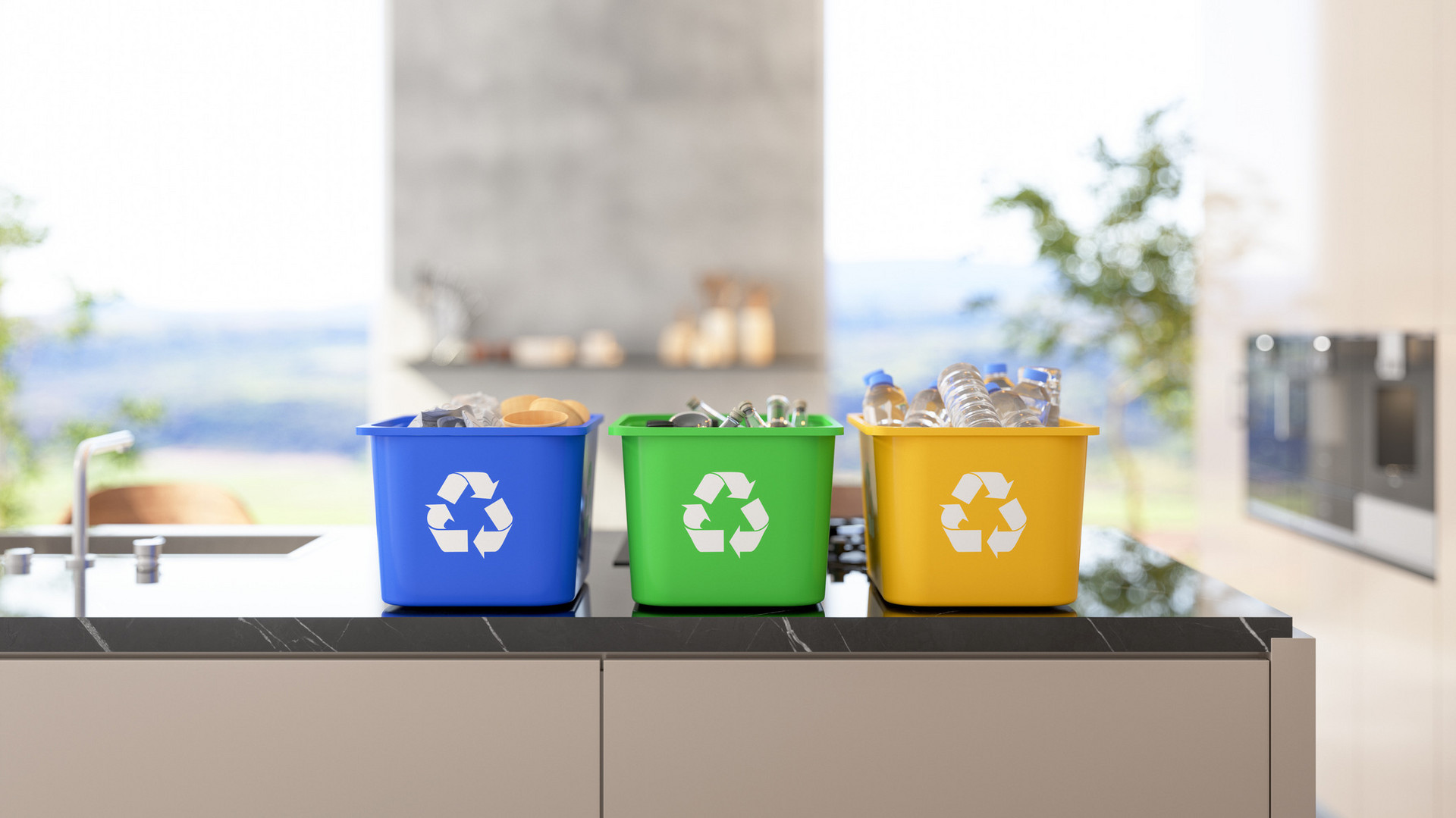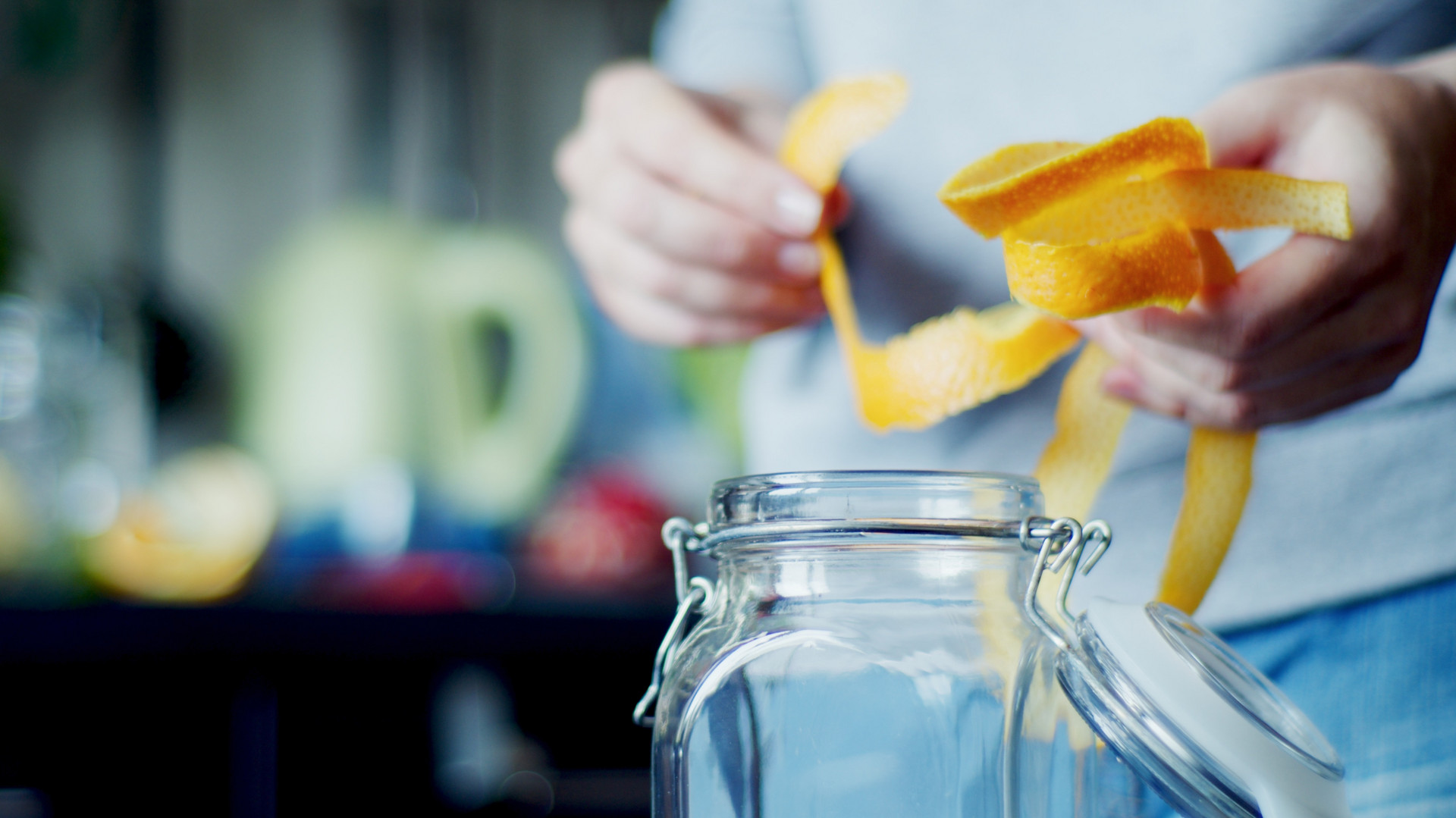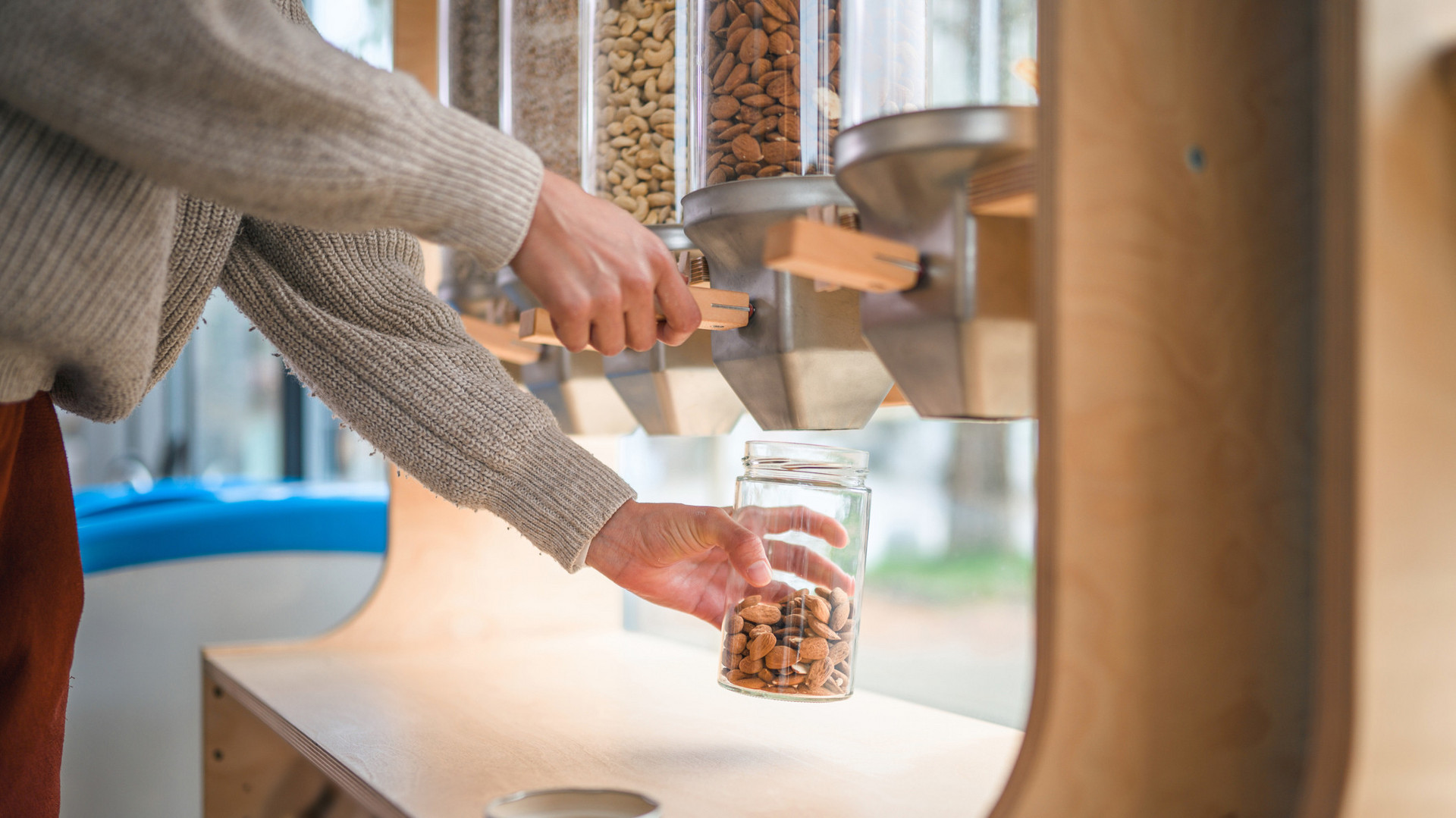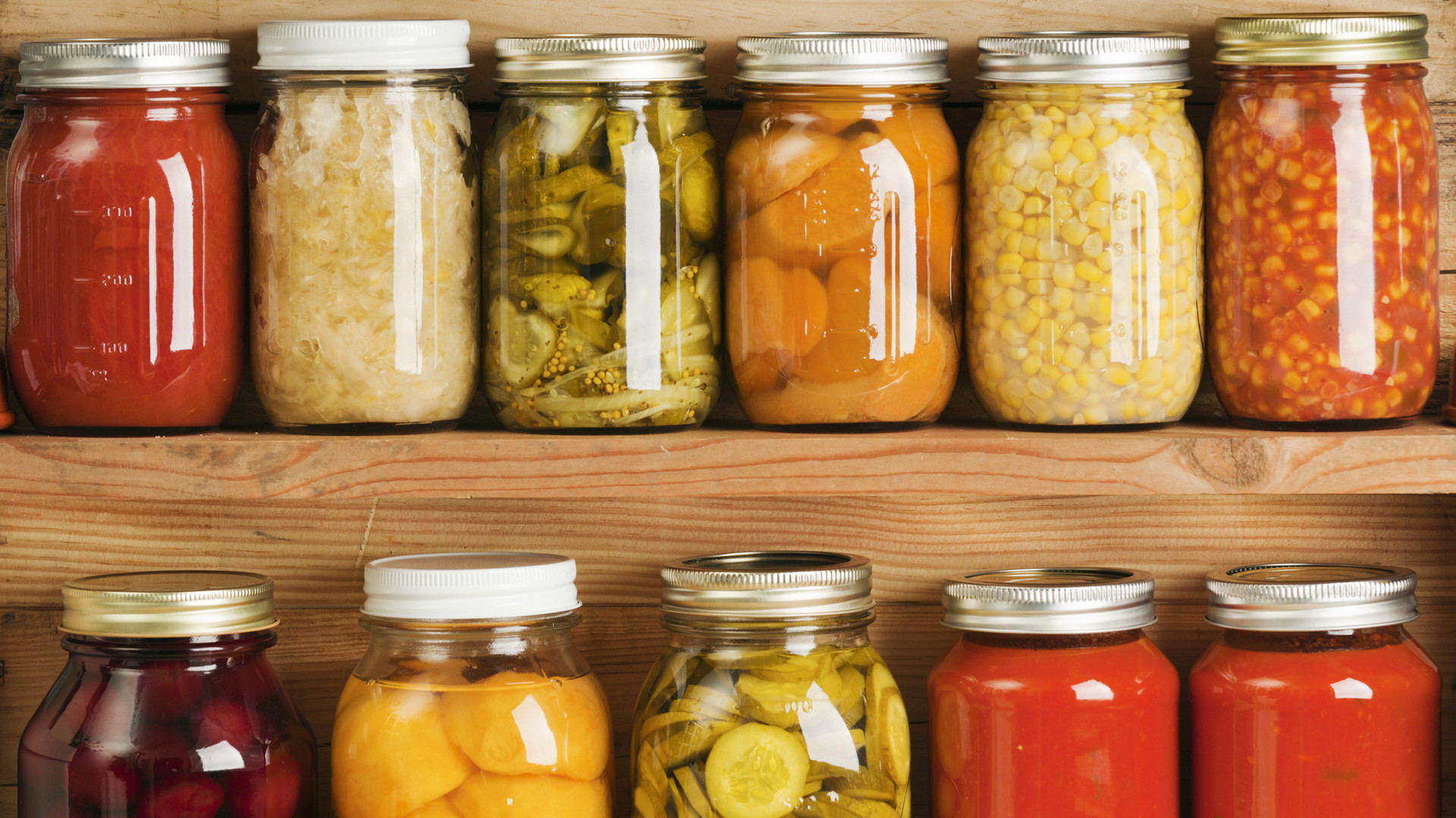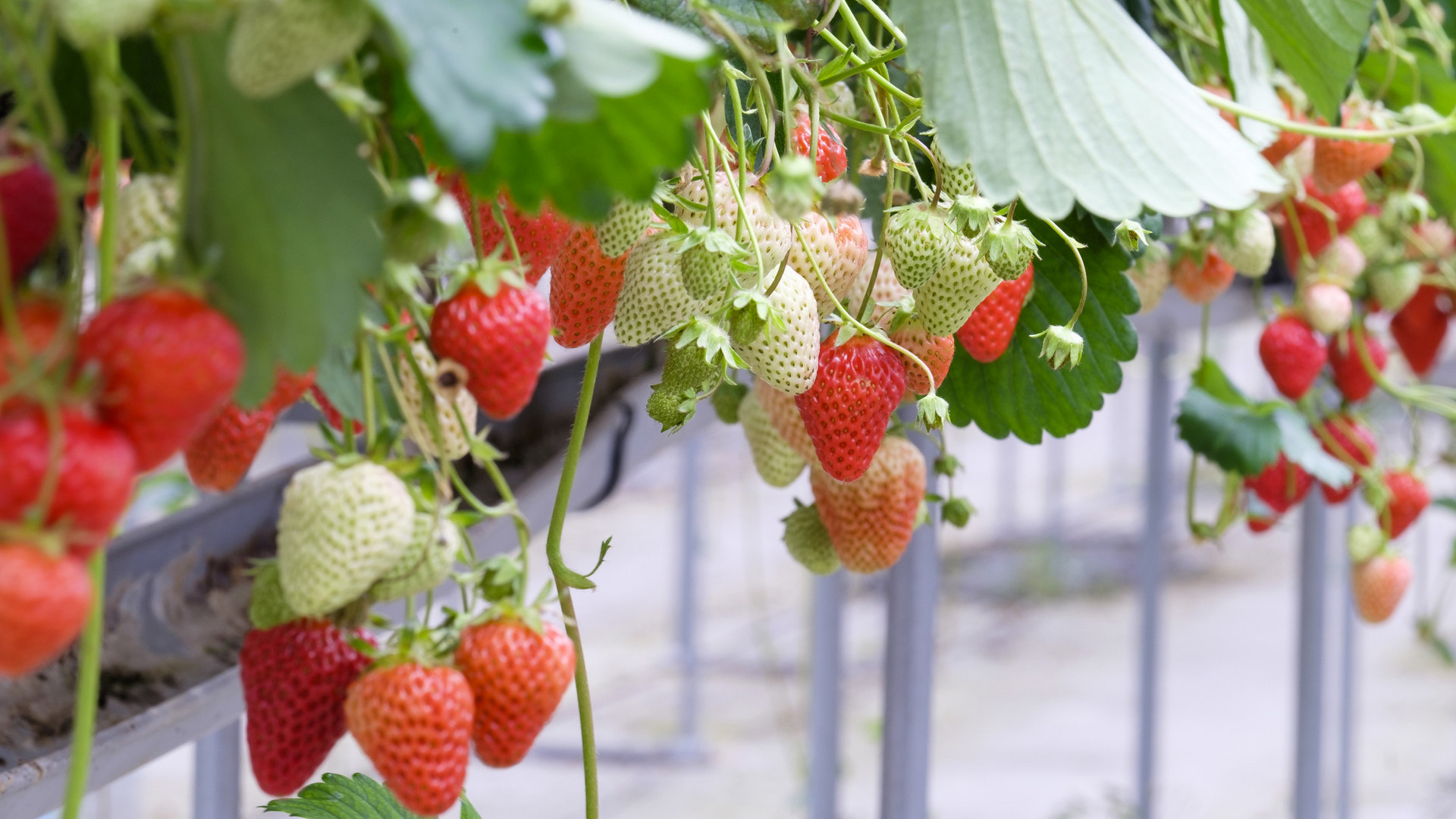Second life
Second life
One of the consumer trends we observe gaining momentum globally is “act for future”, which refers to the ever-evolving sustainability trend encompassing both environmental and ethical concerns in a quest to positively contribute to the world of today and tomorrow. The health of the planet is now the #1 global issue of concern according to Innova’s Lifestyle & Attitudes Survey 2021.
In this article, we aim to take a closer look at reducing food waste by upcycling and its opportunities for the food industry.
MANIFOLD ROUTES
There are numerous options available for consumers wanting to play their part in reducing waste:
The impact of the food system on sustainability is substantial. The FAO (Food & Agricultural Organization of the UN) estimates that food system emissions represent 33% of all human-related greenhouse gas emissions. A major topic here is food loss and waste. An estimated 1/3 of all food produced globally is lost or goes to waste.
SECOND LIFE
One area of interest for consumers is upcycling. Consumers can be creative in giving a second life to various things, from furniture, clothes, toys, packaging material or also food: managing our waste by recycling, upcycling, repurposing, or avoiding it in the first place. All of this is especially relevant for the food industry and the upcycling of food waste as consumers are increasingly looking for food options that are healthy for them, but also for the planet.
Consumer interest in upcycling food already exists: According to Mattson, 95% of consumers felt it was important to play their part in reducing food waste in their own lives. 35% of consumers globally find a product with upcycled ingredients more appealing than other products (Source: Innova Trends Survey 2021). In addition, according to Innova, there has been a +54% average annual increase in food & beverage launches with a food waste and/or upcycling claim between 2016 and 2020.
To ensure the trustworthiness of the upcycled ingredients, the Upcycled Food Association in the US has launched the world’s first trademark certifying upcycled food:
They certify both upcycled ingredients as well as consumer products with upcycled ingredients in food & beverage, petfood, household as well as personal care products.
OUR APPROACH
At AGRANA Fruit, we really do love fruits – in all shapes and formats. That’s why we take utmost care to avoid food waste or losses as far as possible along our entire value chain: from harvesting the fruit in the field to delivering the ready-to-use preparations to our customers for delicious yogurts or ice creams.
Below we highlight some examples of how we avoid food waste & upcycle:
